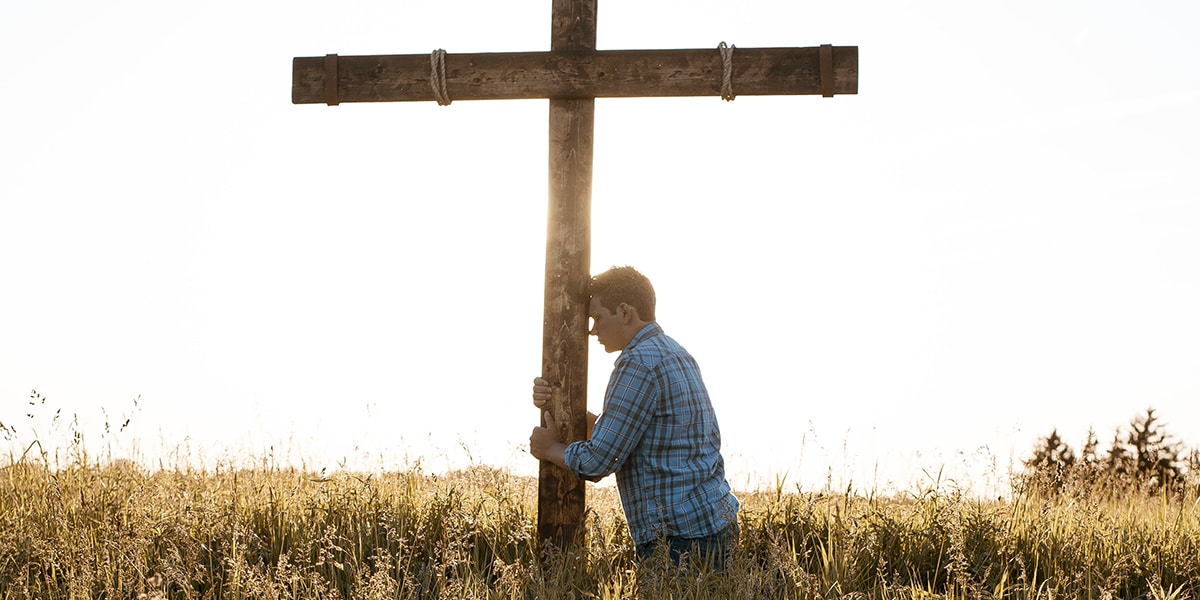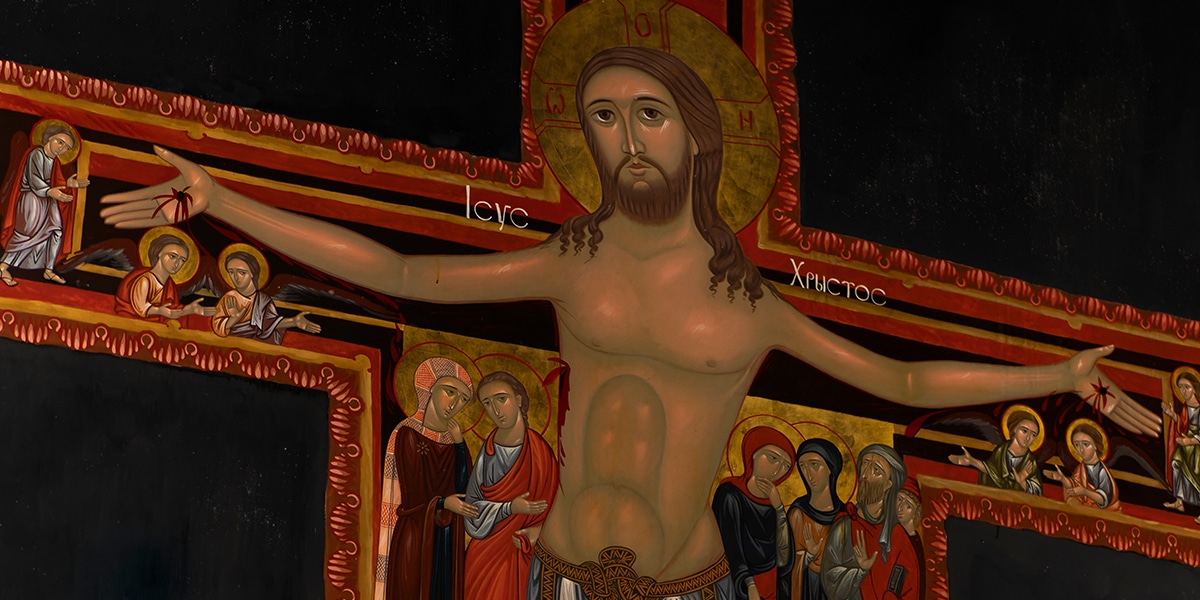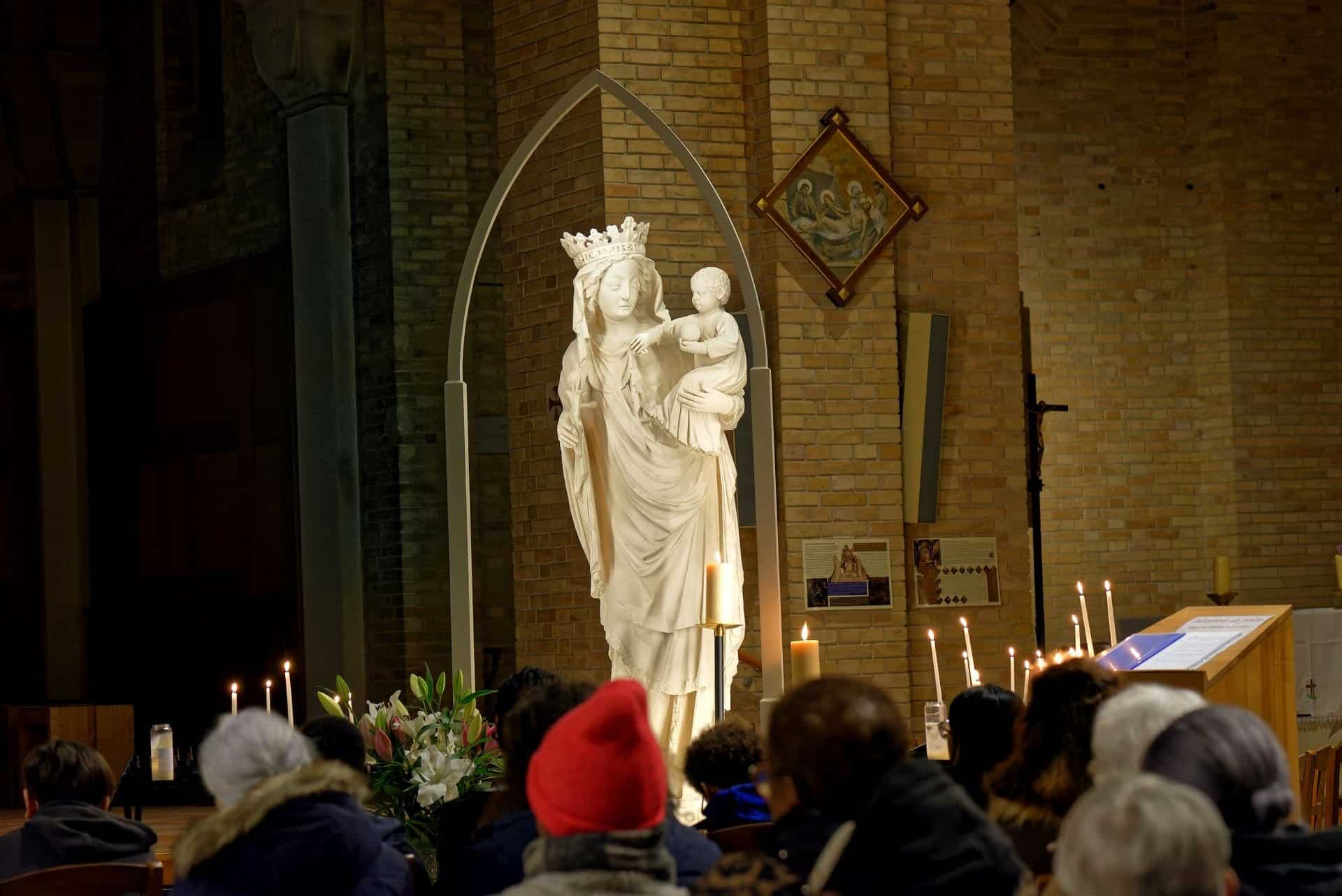We as moderns view the whole of Francis’ life—beginning, middle and end. When we read about him we already know him as Saint Francis. But, at the time, Francis would not have known the impact of living in the caves instead of his family home, of giving up his father’s wealth, of going to Rome to speak to the pope or of receiving the Lady Clare, whose family knights came to get her back. He would not have known—as we do in our safe objectivity—that he would not immediately contract leprosy when he went to work with and talk to the lepers.
His fear and courage must have been enormous. Did he ever kneel in front of this cross and cry because he felt alone? Once he left his family and made his family “his father who art in heaven”—then what? Scary stuff. Yet we know that this cross comforted him—his eyes looked upon it. So did Clare’s, and now ours. We think it is Christ looking at us that is the right direction, when, perhaps, it is our turning to look at the cross that is the moment of truth. When the silence speaks, and the void, flush with that inseparable love that floods the crevasses of our broken selves, and satiates us, we yearn to become transparent like the essence emanating from the cross to us.
—from the book Francis and the San Damiano Cross: Meditations on Spiritual Transformation
by Susan Saint Sing, PhD








